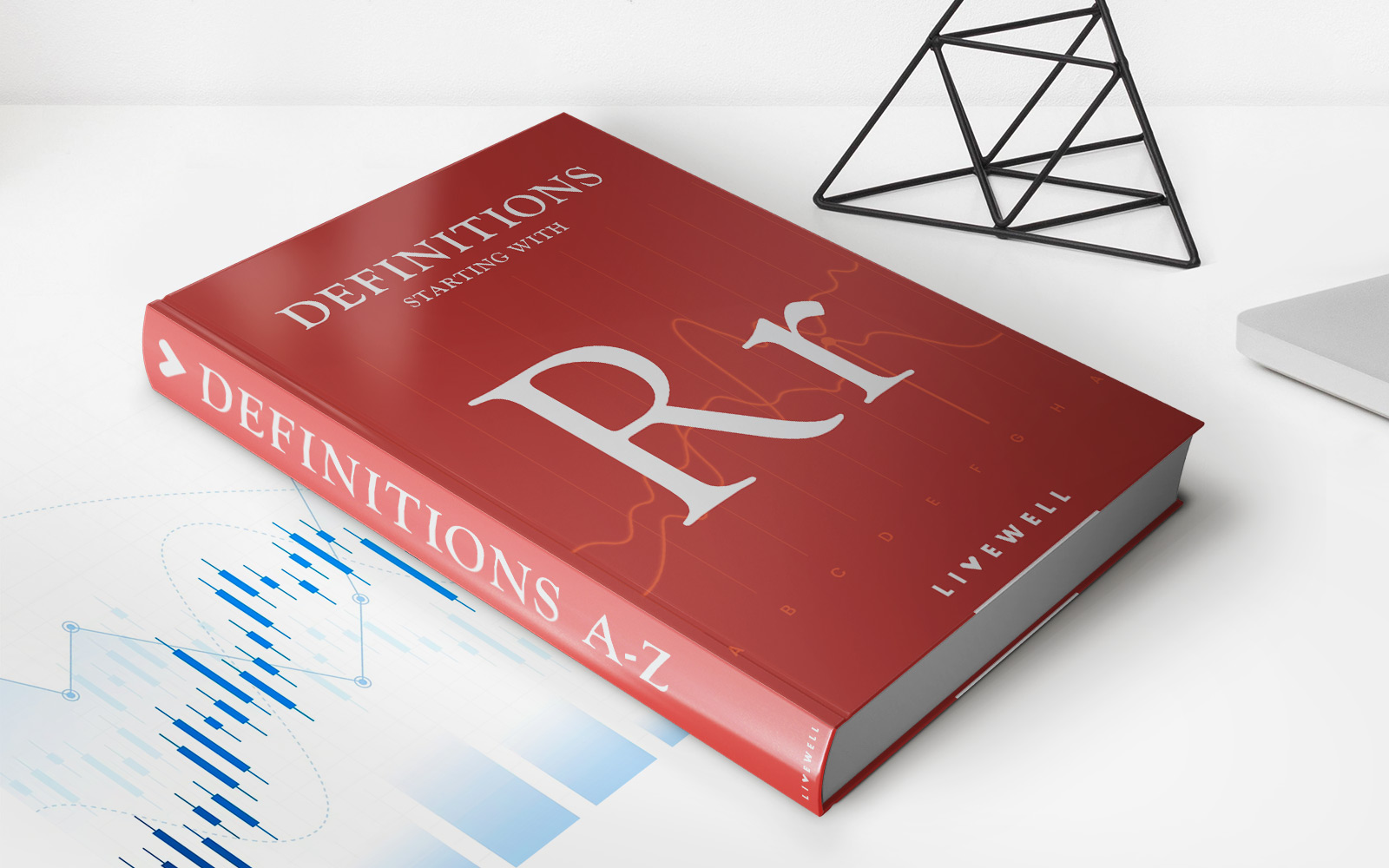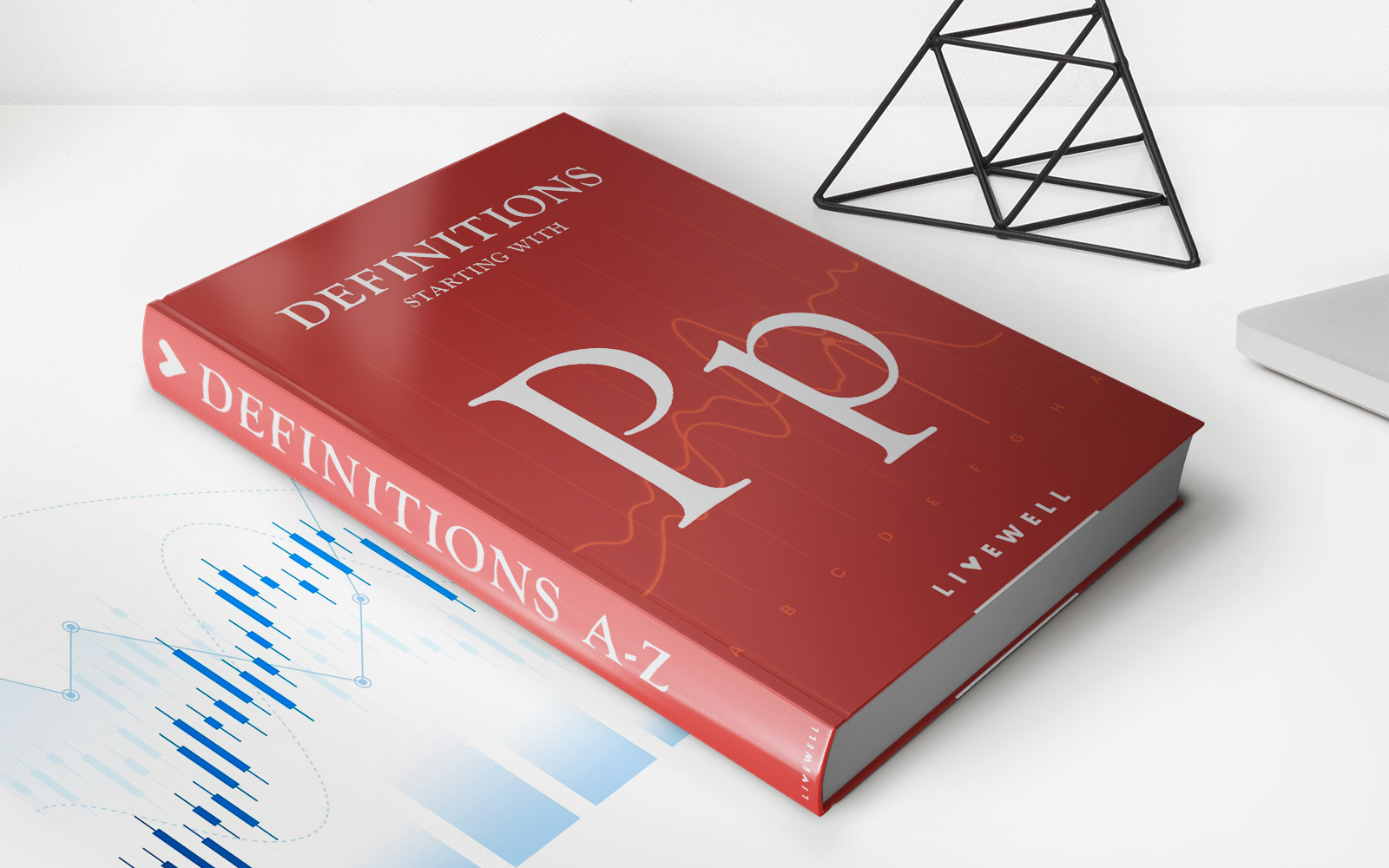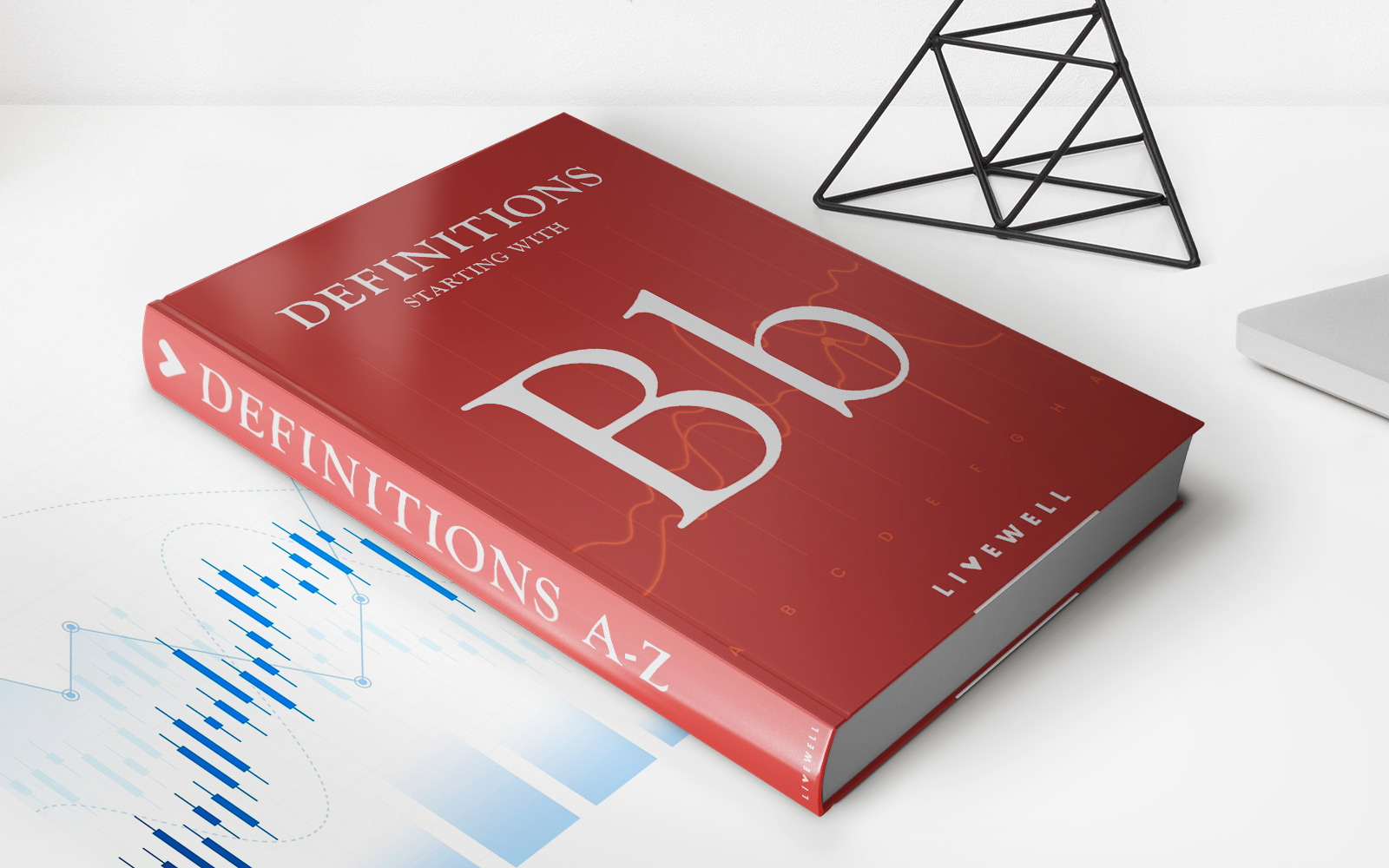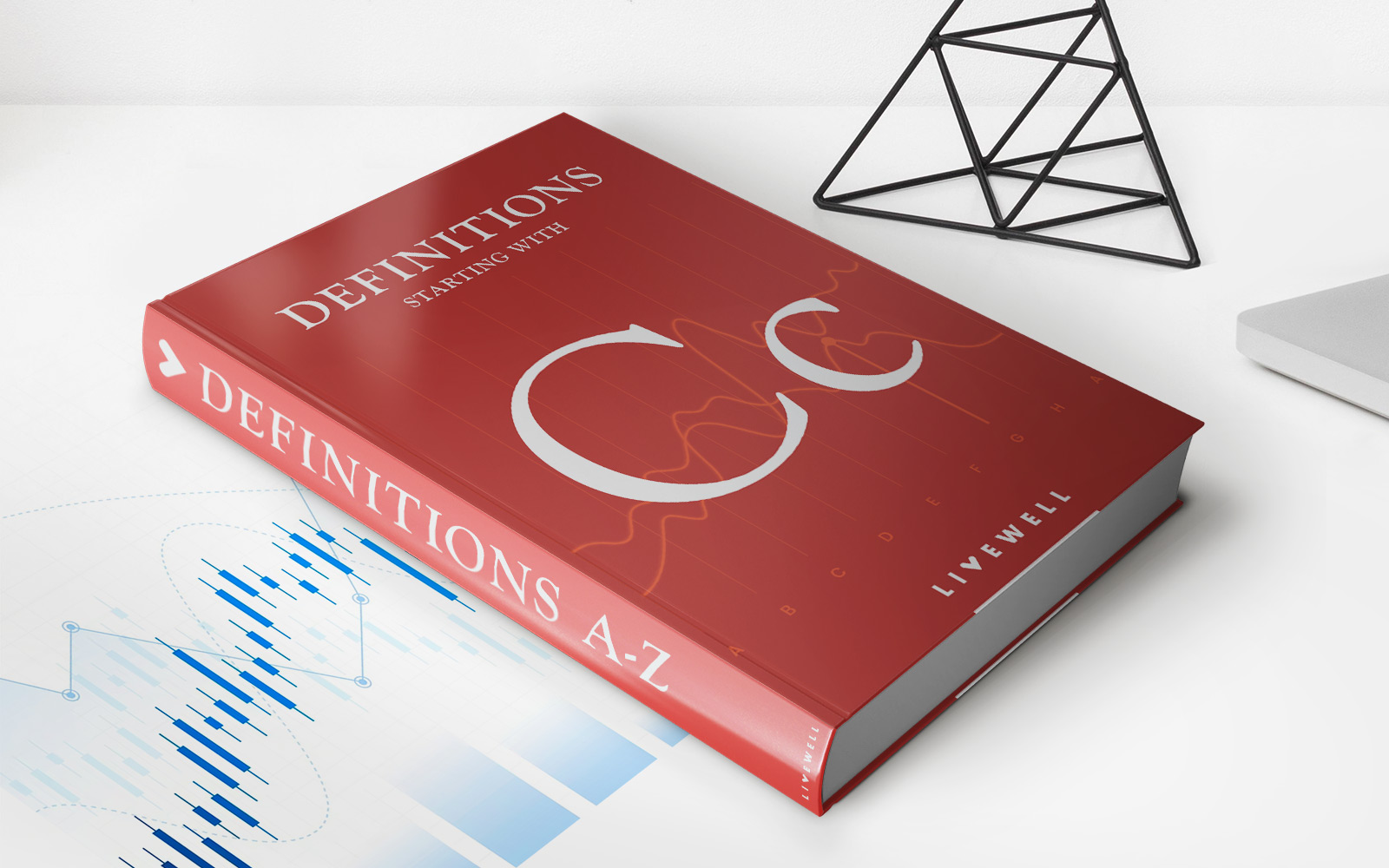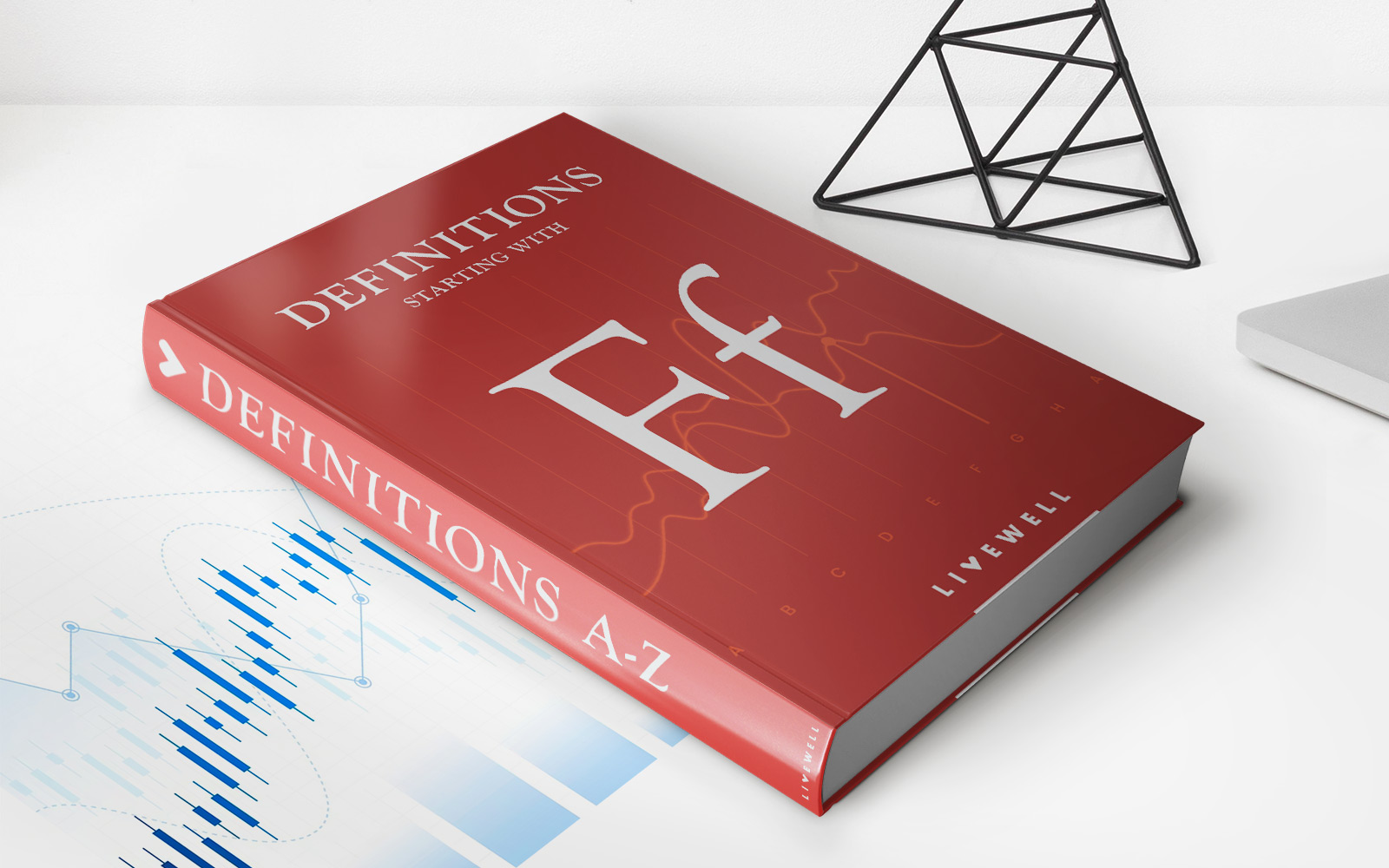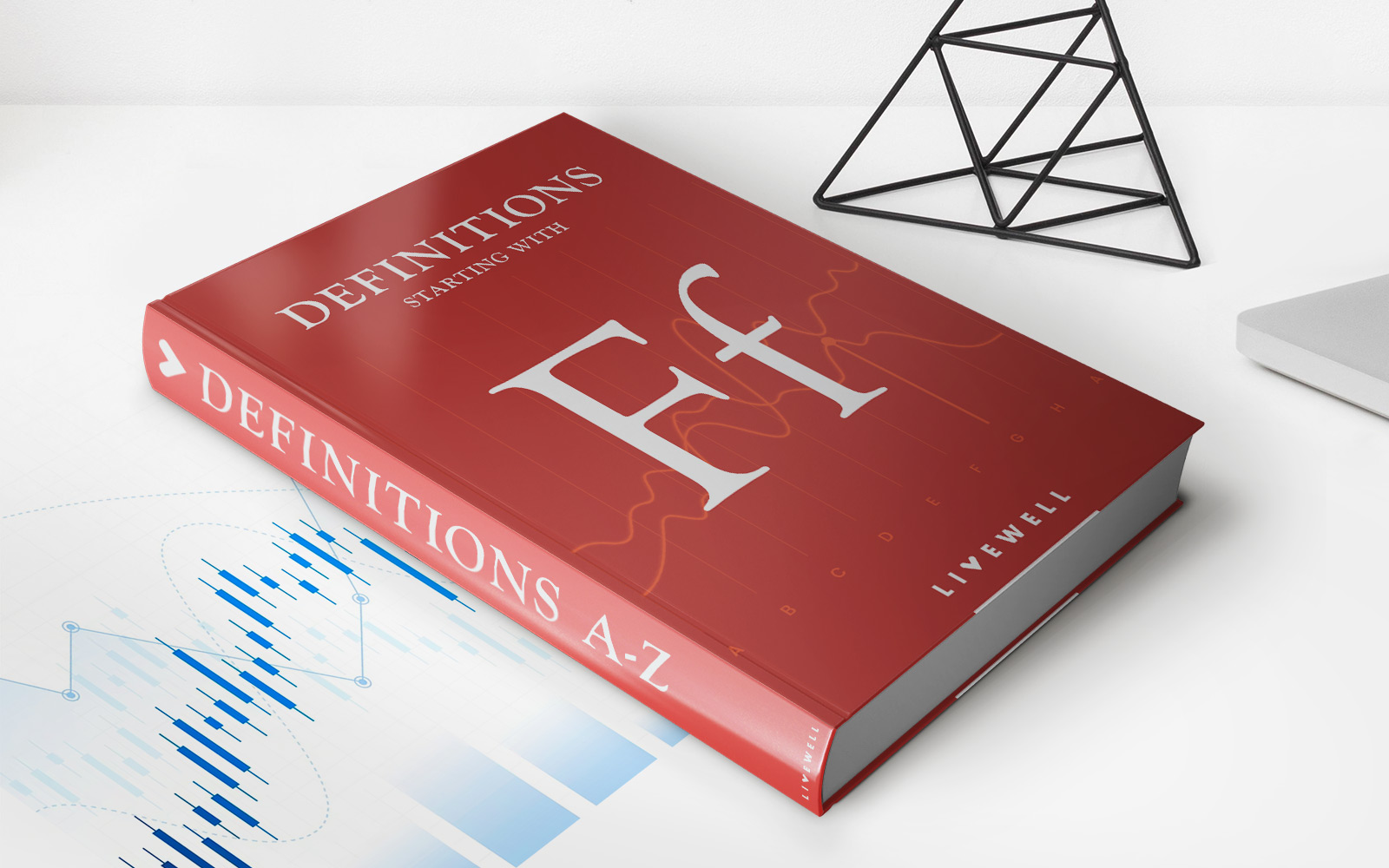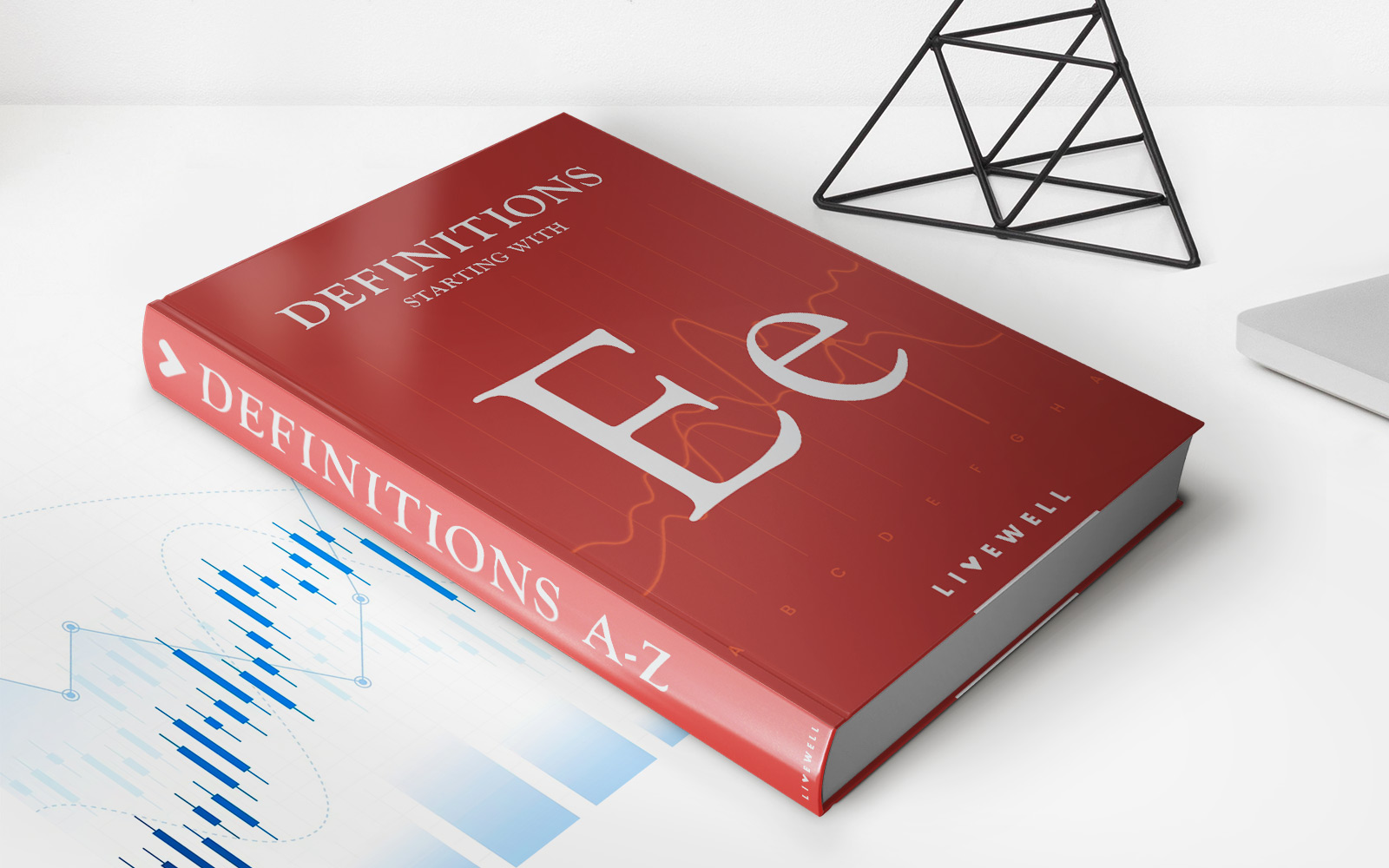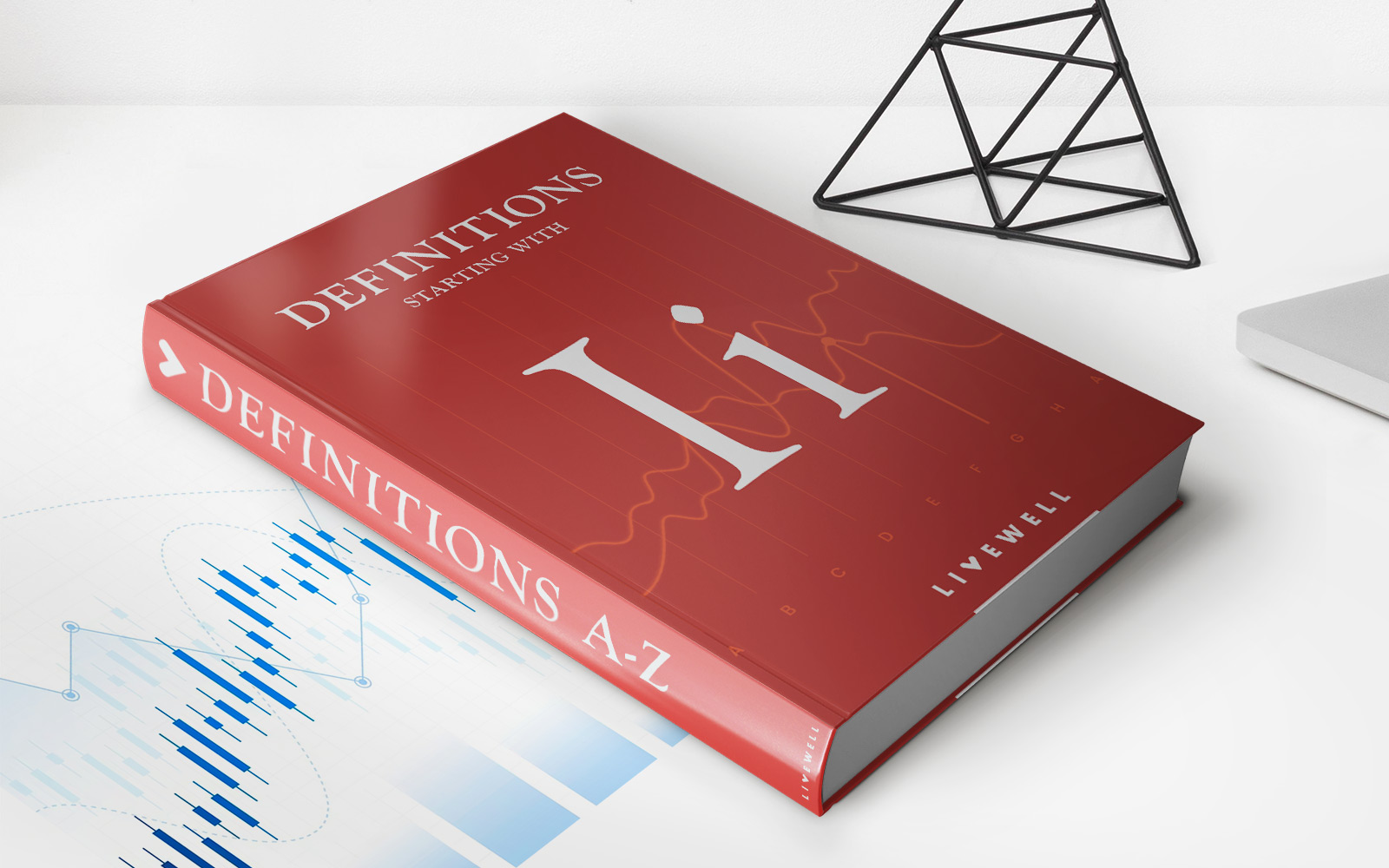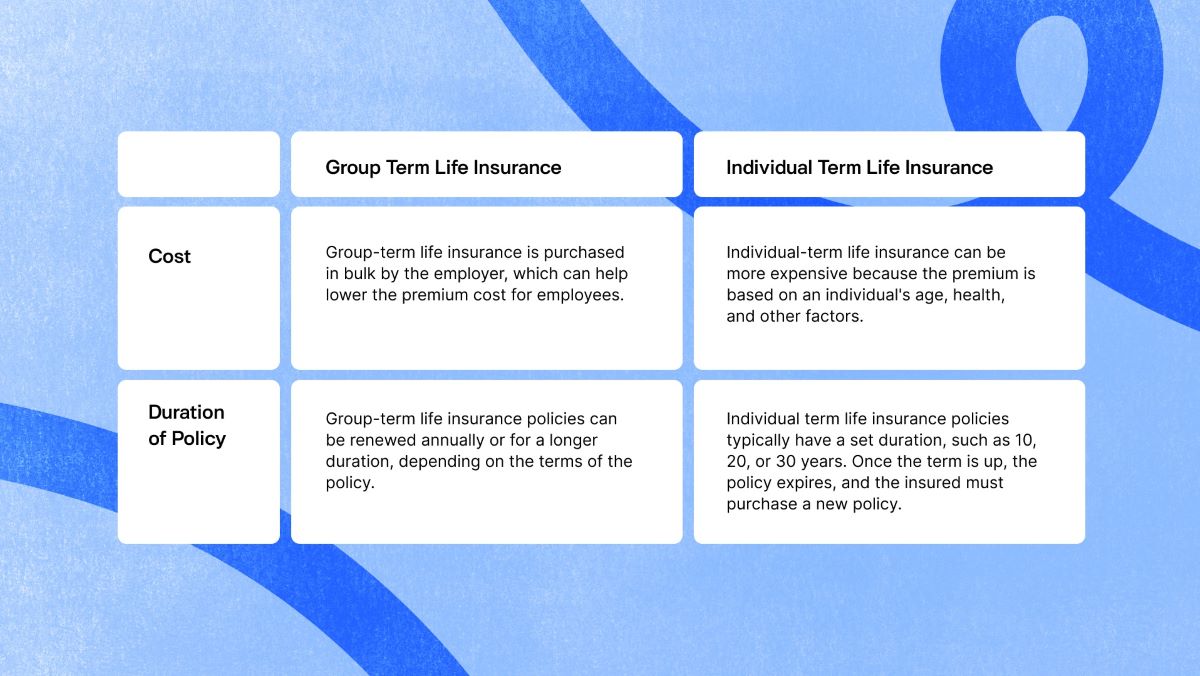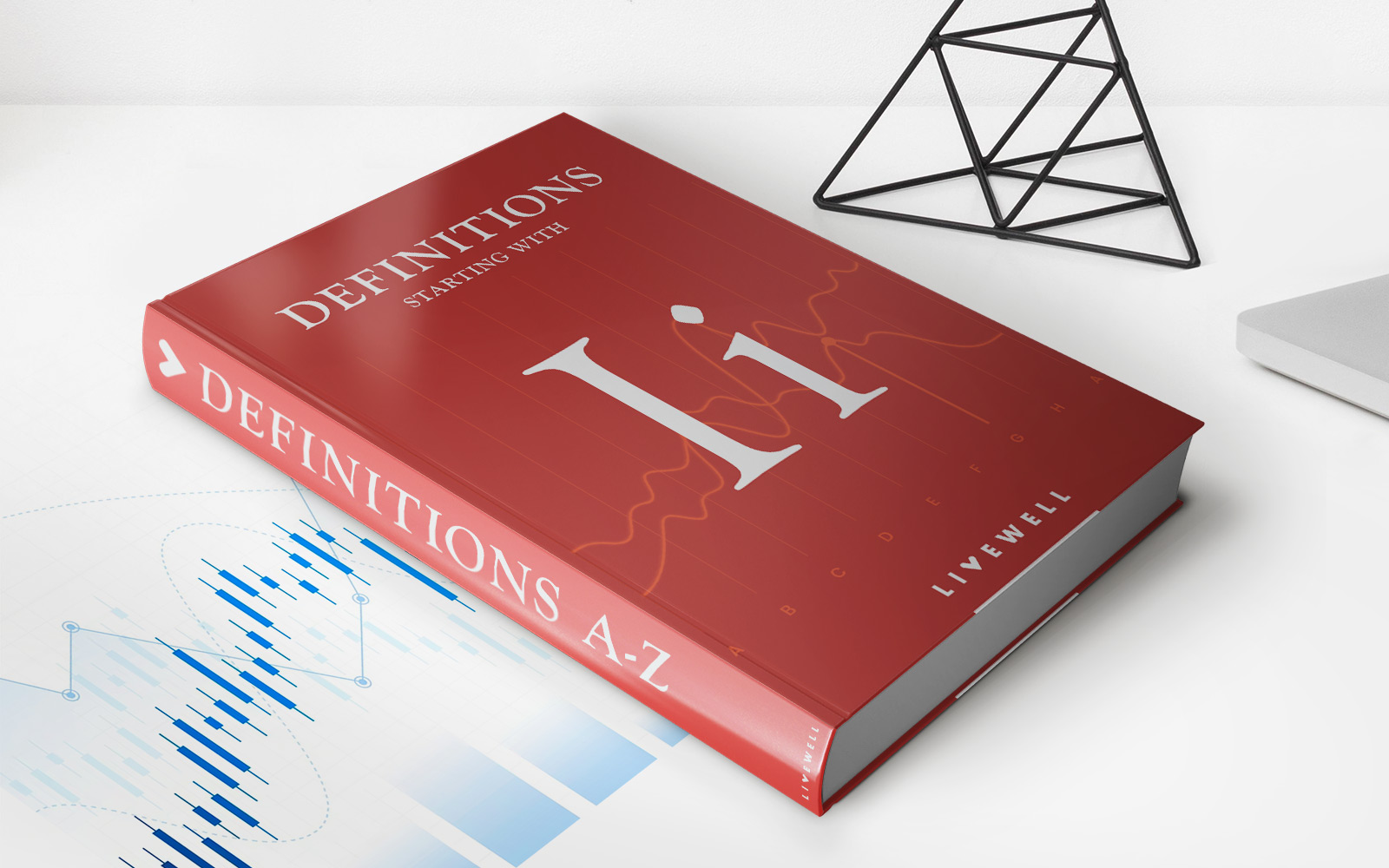Home>Finance>Forward Rate Agreement (FRA): Definition, Formulas, And Example
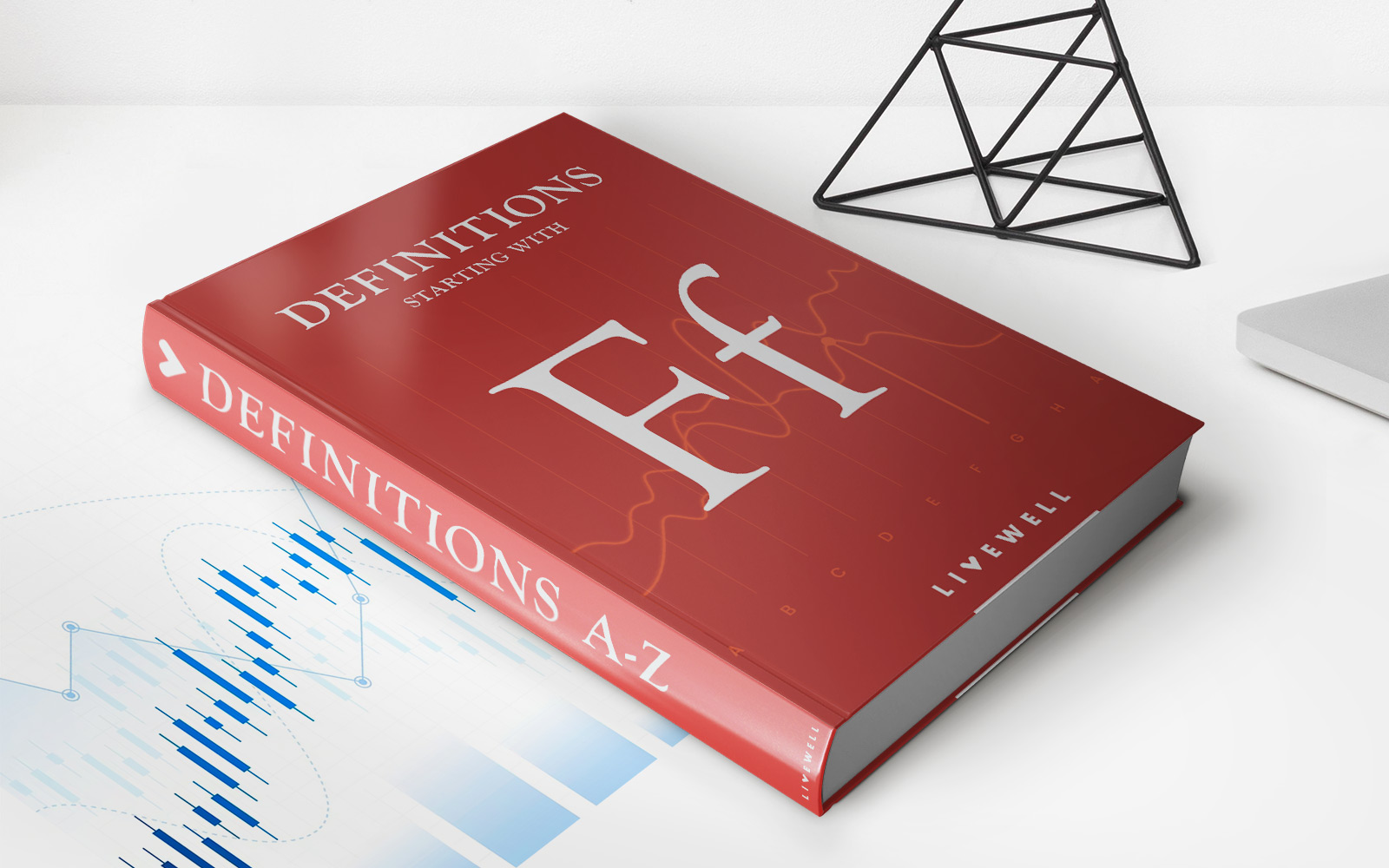

Finance
Forward Rate Agreement (FRA): Definition, Formulas, And Example
Published: November 27, 2023
Learn about Forward Rate Agreements (FRA) in finance, including their definition, formulas, and example. Enhance your understanding of this important financial instrument.
(Many of the links in this article redirect to a specific reviewed product. Your purchase of these products through affiliate links helps to generate commission for LiveWell, at no extra cost. Learn more)
Forward Rate Agreement (FRA): Definition, Formulas, and Example
Looking to dive into the world of finance? Let’s take a closer look at Forward Rate Agreements, commonly known as FRAs. In this post, we’ll define what FRAs are, explore the formulas they use, and provide you with a real-life example to better understand their application. So, buckle up and let’s get started!
Key Takeaways:
- Forward Rate Agreements (FRAs) are financial derivatives used to hedge or speculate on future interest rate movements.
- FRAs establish an agreement between two parties to exchange a fixed interest rate for a variable interest rate on a notional amount over a specified period in the future.
What is a Forward Rate Agreement?
A Forward Rate Agreement (FRA) is a financial contract entered into between two parties, usually a bank and a customer, to manage future interest rate fluctuations. FRAs enable businesses to lock in a fixed interest rate for future borrowing or investing, providing certainty amidst a constantly changing interest rate environment. They are commonly used to hedge against potential losses caused by adverse interest rate movements.
In an FRA, the buyer agrees to pay the seller an amount based on the difference between the prevailing interest rate and the agreed-upon rate at the contract’s maturity. The notional amount, which represents the size of the transaction, is not exchanged between the parties, making the FRA a cash-settled derivative.
To calculate the settlement amount, two formulas are primarily used:
- FRA Pricing Formula: This formula determines the cash settlement payment made by one party to the other. It is calculated as the notional amount multiplied by the difference between the spot rate and the agreed forward rate, and then adjusted by the discount factor.
The formula for the settlement amount is as follows:
Cash Settlement Amount = [Notional Amount x (Spot Rate – Agreed Forward Rate)] x (1 / (1 + (Spot Rate x (Days/360))))
- FRA Valuation Formula: This formula determines the present value or fair value of the FRA contract at any given time before maturity. It takes into account the prevailing interest rates and time remaining until the contract’s expiry.
The formula for the valuation amount is as follows:
FRA Valuation Amount = (Notional Amount x (Spot Rate – Agreed Forward Rate)) x (Days/360 x (1 + Spot Rate)
Real-life Example of a Forward Rate Agreement
Let’s imagine a scenario where Company X, a manufacturing firm, wants to borrow $1 million in six months to expand its operations. However, due to concerns about possible interest rate hikes, the company decides to hedge against this risk using an FRA. Company X enters into an FRA with Bank Y at a fixed interest rate of 5% for a notional amount of $1 million, set to mature in six months.
After six months, the spot rate, or prevailing market rate, is determined to be 6%. Using the FRA Pricing Formula, we can calculate the cash settlement amount:
Cash Settlement Amount = [$1,000,000 x (6% – 5%)] x (1 / (1 + (6% x (180/360))))
Simplifying the equation, the cash settlement amount would be $5000. This means that Company X would pay Bank Y $5000 as the settlement amount, compensating for the difference between the agreed forward rate and the spot rate.
By utilizing an FRA, Company X successfully managed the interest rate risk, ensuring borrowing costs remained predictable and minimizing potential losses caused by unfavorable interest rate fluctuations.
In Conclusion
Forward Rate Agreements (FRAs) are powerful financial tools that enable businesses to hedge against or speculate on future interest rate movements. With their ability to fix borrowing or investing rates, FRAs provide stability in an ever-changing financial landscape. By understanding the calculation formulas and real-life examples, you can confidently explore the world of FRAs and make informed decisions regarding your financial strategies.

